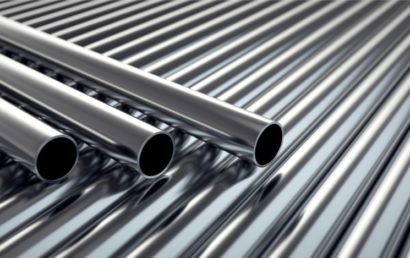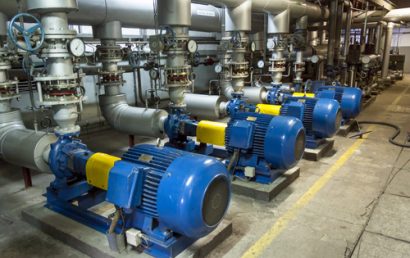Exploring The Different Facets Of Corrosion Problems
At some point during the lifetime of an alloy or metal part, corrosion will be a distinct possibility. It occurs in many forms and is a common problem. For metal part protection, it may not be sufficient to use a simple solution. For the problem to be adequately addressed, one must have an excellent understanding of the effects of corrosion and corrosion itself. Only then can corrosive problems be prevented.
But what is corrosion? It converts a refined metal to a form that is more chemically stable via a natural process. This happens through an electrochemical or chemical reaction with the environment. To serve as an anode, the reaction requires a metal. Electrically connected, the cathode and anode experience a voltage difference between them.
This process can occur in a particular area (locally) or spread across an entire surface uniformly.
Problems with Different Types of Corrosion
All sorts of problems can be caused by corrosion. The most common types of corrosion are as follows:
- Stress corrosion cracking – When, in a corrosive environment, a component is subjected to tensile stress, this type of corrosion can occur. At the affected sites, it leads to anode formulation. Cracking accelerates rapidly because stress concentrations intensify once a crack starts.
- Fatigue that is corrosion-assisted – When stress concentrations such as trenches or pits are caused by corrosion, affected regions’ stress levels are amplified.
- Intergranular corrosion – This type of corrosion occurs near or along grain boundaries and is a localized microstructure corrosion. Specifically, it happens in places that separate alloys and metals. As a concentration of cells or as galvanic cells, anodes can easily form at the boundaries. Allowing for the rapid spread of corrosion, the anodes have a very small area.
- Pitting – This microstructure corrosion is localized and produces pits or holes in different material shapes. It is difficult to design against, predict, and detect.
- Crevice corrosion – This kind of corrosion results from dissolved gases in the electrolyte or the concentration differences of ions. When a stagnant environment exists under things like fastener heads, washers, gaskets, or other materials at their point of surface contact, crevice corrosion can occur.
- Galvanic corrosion – When two dissimilar materials are coupled in water or some other corrosive electrolyte, galvanic corrosion can occur. One of the metals corrodes faster than it would by itself, because it becomes the anode in this situation. The other metal corrodes more slowly because it becomes the cathode.
Prevention Methods to Battle Common Corrosion
The following methods are used to prevent some of the most common types of corrosion:
- Encapsulation – To prevent corrosive element exposure, a surface is coated with a precise type of material best suited to the application.
- Cathodic protection – Here, the corrosion is transferred to a more easily corroded metal than the protected surface, making the metal surface the cathode. The metal that will corrode more easily is referred to as the sacrificial metal.
- Anodic protection – Controls the electrode potential making the metal surface the anode. This is done in a passive metal zone.
Need Corrosion Protection? Contact A&A Coatings!
At A&A Coatings, we deal with corrosion each and every day. We assist numerous industries in the battle against corrosion, fatigue, pitting, friction, heat fluctuation, etc. If your industry uses protective coatings, you can rest assured we are not only familiar with them, but probably supplying them.
Contact us at A&A Coatings today if you’d like to find out more about corrosion protection through thermal spray coatings.



